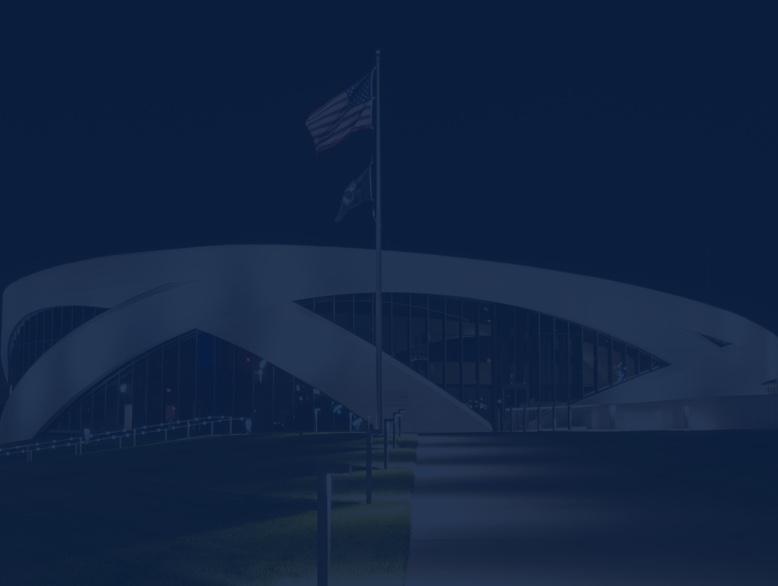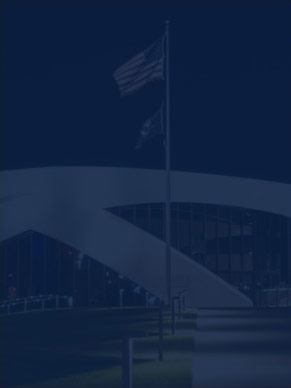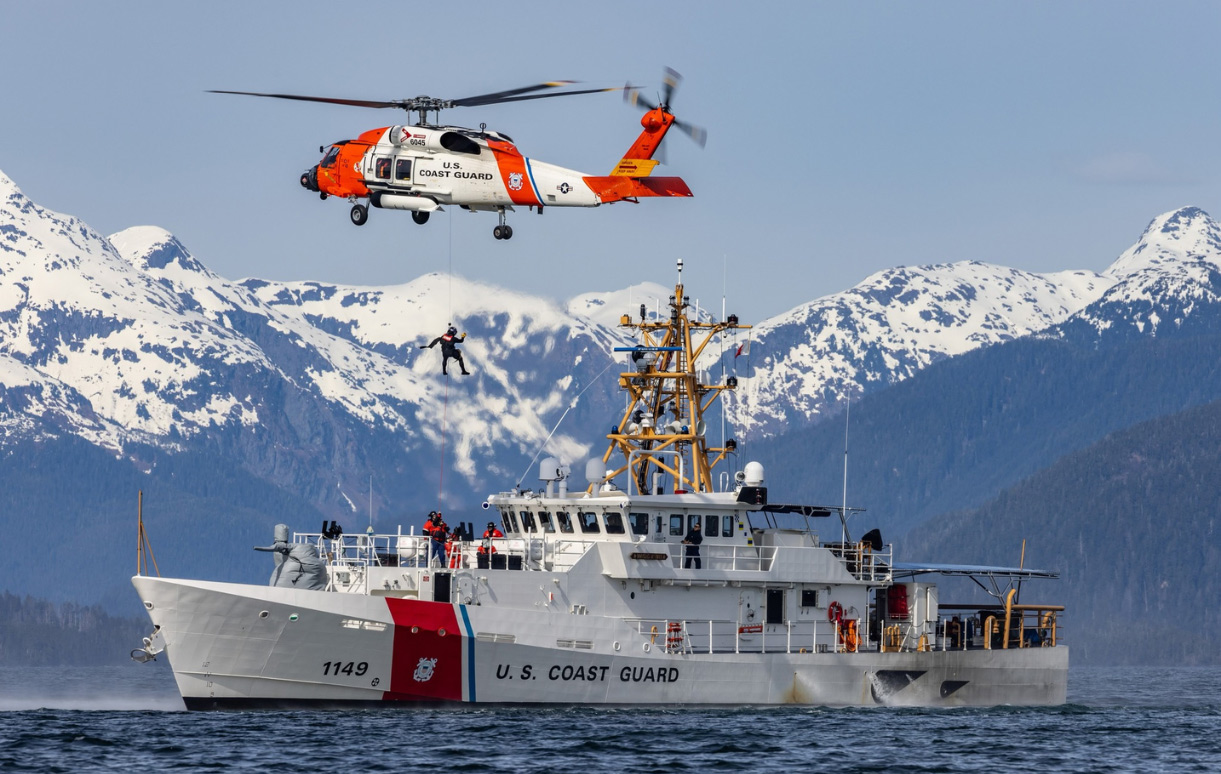
The Coast Guard traces its roots to a small fleet of vessels maintained by the Department of the Treasury in 1790 to enforce tariffs, an important source of revenue for our newly formed nation. Then-Secretary of the Treasury Alexander Hamilton lobbied Congress to fund a “System of Cutters” which are small or medium-sized boats or sailing ships, built for speed and with a shallow draught. These ships became the naval police force, patrolling the waters and assisting custom collectors with confiscating contraband.

For 233 years, the U.S. Coast Guard has played an integral role in our nation’s defense, patrolling our coasts, providing search and rescue capabilities and being our coastal first responders. The brave men and women of the U.S. Coast Guard remain Semper Paratus – Always Ready! Explore with us the origins of the U.S. Coast Guard and the service members who shaped their heritage.
Origins of the U.S. Coast Guard
On August 4, 1790, then-Secretary of the Treasury Alexander Hamilton authorized the building of a fleet of ten Revenue Service cutters, whose responsibility was to enforce the first tariff laws enacted by the U.S. Congress. In 1915, President Woodrow Wilson merged the Revenue Cutter Service with the U.S. Life-Saving Service, which provided the nation with a single maritime service dedicated to saving life at sea and enforcing our maritime laws. Explore more of the U.S. Coast Guard history.
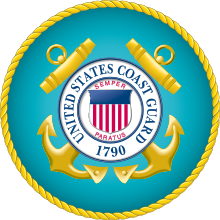
Stories You Should Know
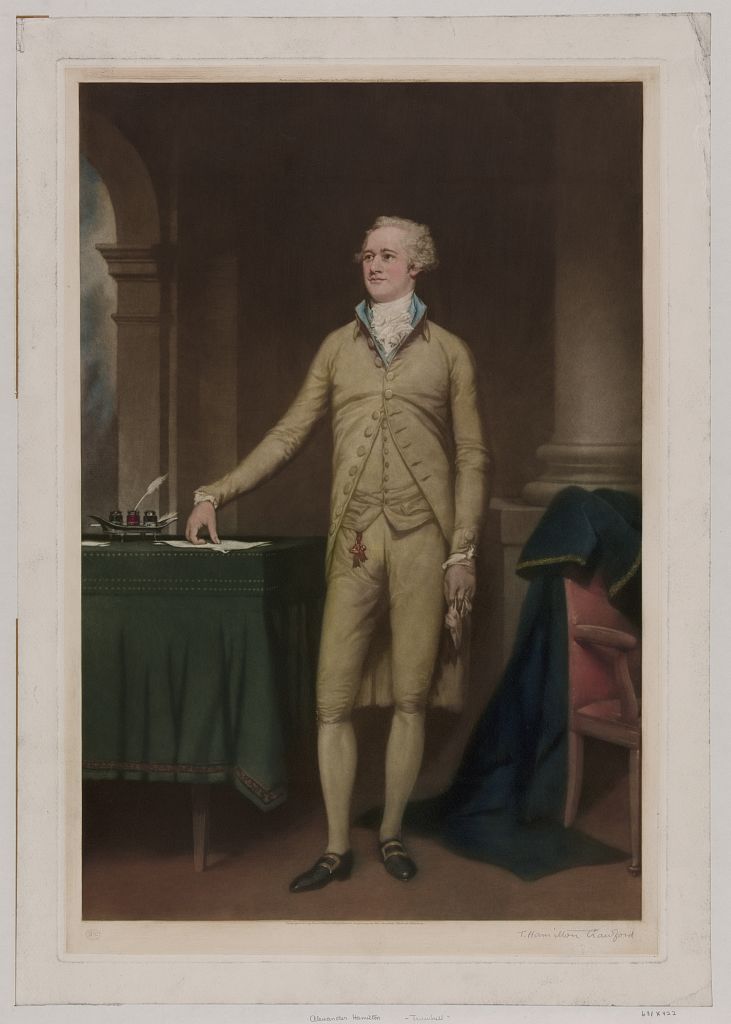
Major General Alexander Hamilton
Before Hamilton became the “Father of the Coast Guard,” he commissioned as a captain in the provincial artillery. He organized his own company and at the Battle of Trenton, when he and his men prevented the British from crossing the Raritan River and attacking George Washington’s main army, showed conspicuous bravery.
In February 1777, Washington invited him to become an aide-de-camp with the rank of lieutenant colonel. During the four years on Washington’s staff, he grew close to the general and was entrusted with his personal correspondences. Eager to rejoin the Revolution, Hamilton led a final assault on the British stronghold at Yorktown. In 1789, Hamilton was appointed as the first Secretary of the Treasury by President Washington.
Captain Michael Healy
“He became known as a brilliant seaman and was considered by many the best sailor in the North.”
Captain Michael Healy, the only African American to have a command or commission in any of the Coast Guard’s predecessor services, commanded the Cutter Bear from 1887 to 1895. Healy retired as the third highest-ranking officer from the Revenue Cutter Service. Learn more about African Americans in the U.S. Coast Guard.

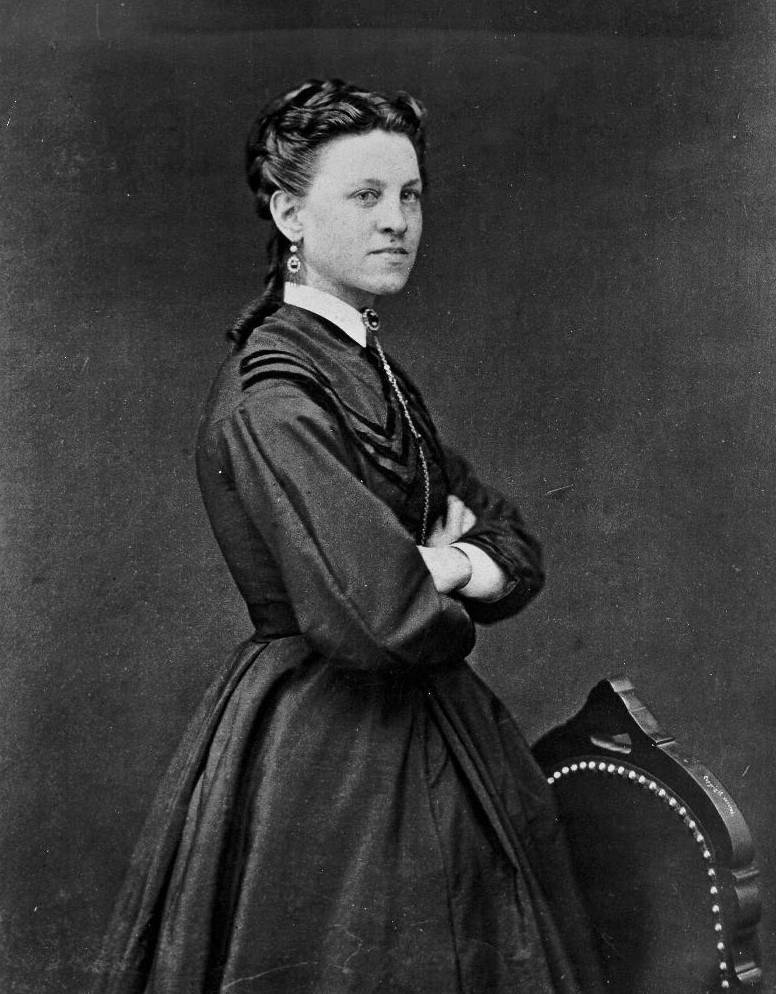
Ida Lewis
“The Bravest Woman in America.”
In 1879, Ida Lewis overcame biases of the time to become an official keeper of the Lime Rock Light Station in Rhode Island, a position she held until her death. As a member of the U.S. Lighthouse Service, a Coast Guard predecessor, she was credited with saving 18 lives during her 39 years as a lightkeeper and was the first woman to receive the Gold Lifesaving Medal. Connect with more Women in Uniform: Serving at Sea.
Signalman First Class Douglas Munro
In 1939, with the threat of war growing, Douglas Munro decided to withdraw from college and enlist in the military. He reportedly told his sister he had chosen the Coast Guard because its primary mission was saving lives.
During the Guadalcanal Campaign, Munro was assigned to Naval Operating Base Cactus at Lunga Point, where small boat operations were coordinated. In September 1942, at the Second Battle of the Matanikau, he led an extraction of Marines whose position had been overrun by Japanese forces. He died of a gunshot wound at age 22 while using the Higgins boat that he was piloting to shield a landing craft from Japanese fire. Munro is the only person to have received the Medal of Honor for actions performed during service in the U.S. Coast Guard.
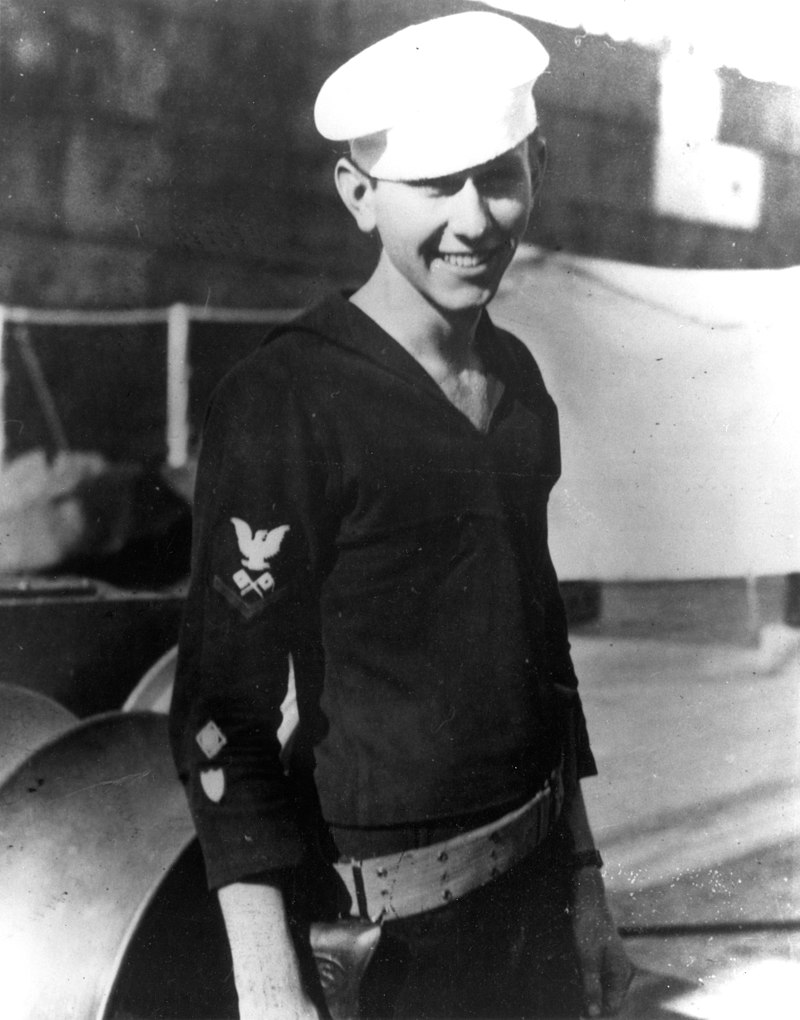

Olivia Hooker
Olivia Hooker was the first African American woman to enter the U.S. Coast Guard in February 1945. She became a SPAR, a member of the United States Coast Guard Women’s Reserve, during World War II, earning the rank of Yeoman, Second Class during her service. As a civilian, she became a trailblazing psychologist and passionate advocate for Americans with disabilities. Explore more Trailblazing Servicewomen.
Chief Journalist Alexander Haley
In 1939, Haley enlisted in the Coast Guard as a Mess Attendant Third Class, since the Mess Attendant and Steward’s Mate ratings were the only ratings in the Navy and Coast Guard open to minorities at that time. Haley soon began writing what combat was like, and the Coast Guard Magazine published his article “In the Pacific” in their February 1944 issue. He would go on to write Roots: The Saga of an American Family. Learn more about Haley’s Story of Service.
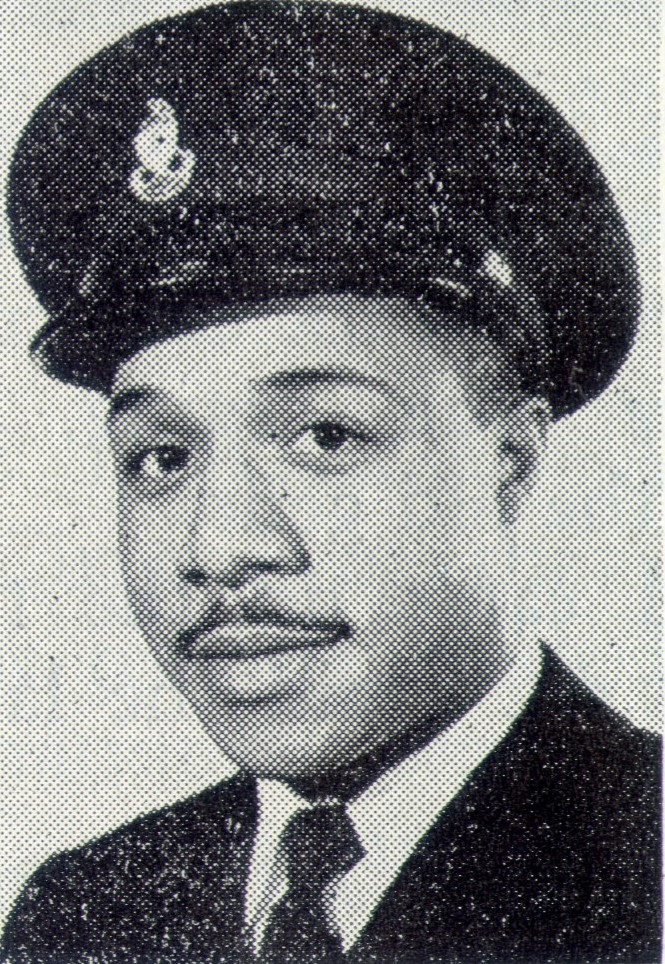
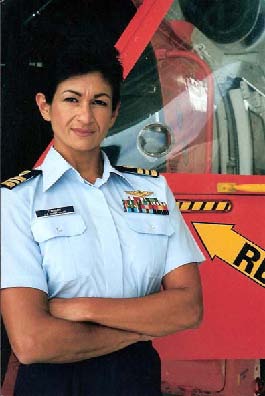
Lieutenant Commander Marilyn Melendez Dykman
Lieutenant Commander Dykman was one of the first Hispanic females to graduate from the U.S. Coast Guard Academy and become an aviator. See more Women in the Coast Guard.
The U.S. Coast Guard is the second smallest of the U.S. military service branches with more than 40,558 on active duty, 7,724 in the reserve and 21,000 auxiliarists. Join us in celebrating their service throughout the month of August.
